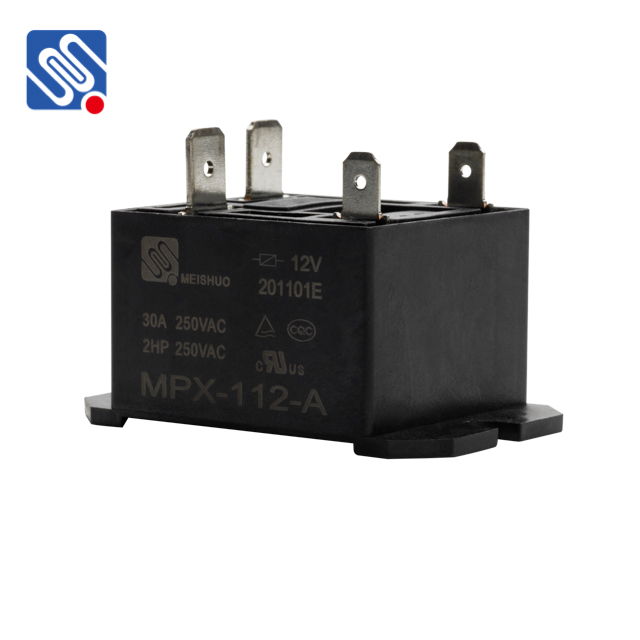understanding power relays: key components in modern electrical systems
Release time:2025-08-24 12:59:22
Power relays are essential components in a wide array of electrical systems, serving as switches that enable the control of high-power circuits with low-power signals. Whether in industrial automation, automotive systems, or home appliances, power relays help optimize performance and ensure safety by providing a means to control large electrical loads efficiently. This article explores the function, types, applications, and benefits of power relays.

What is a Power Relay?
A power relay is an electrically operated switch that is commonly used to control the operation of a higher-power circuit by a lower-power control signal. The fundamental mechanism behind a power relay involves an electromagnetic coil that, when energized, creates a magnetic field to activate a switch. The switch, in turn, controls the flow of electrical current through the load circuit.
In simple terms, power relays allow a small amount of current, typically from a control system or microcontroller, to control the flow of much larger currents in a connected circuit. This ability to control large electrical currents while using relatively low control power is what makes power relays invaluable in numerous electrical systems.

